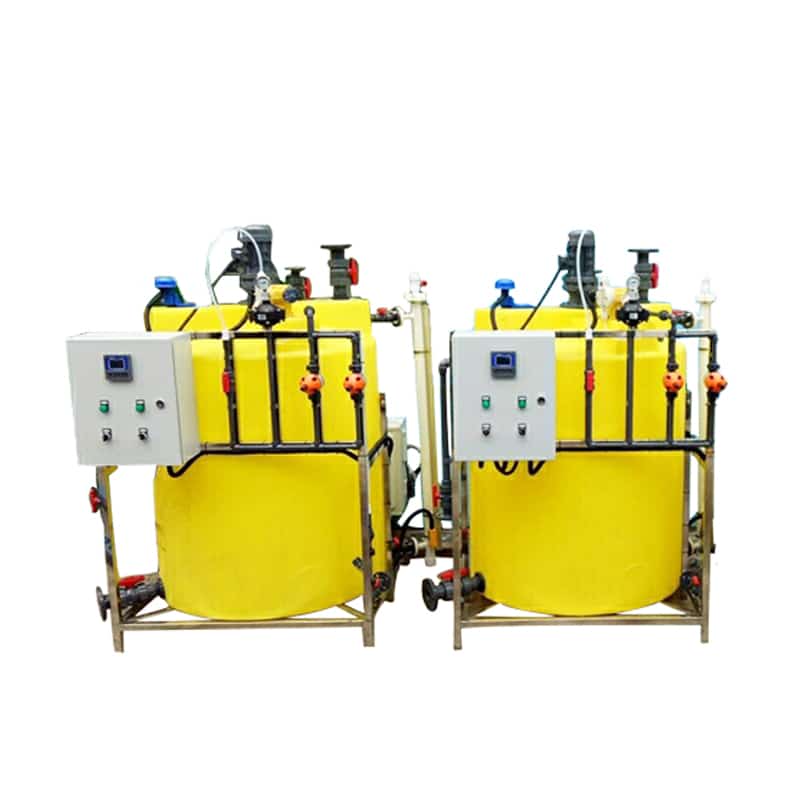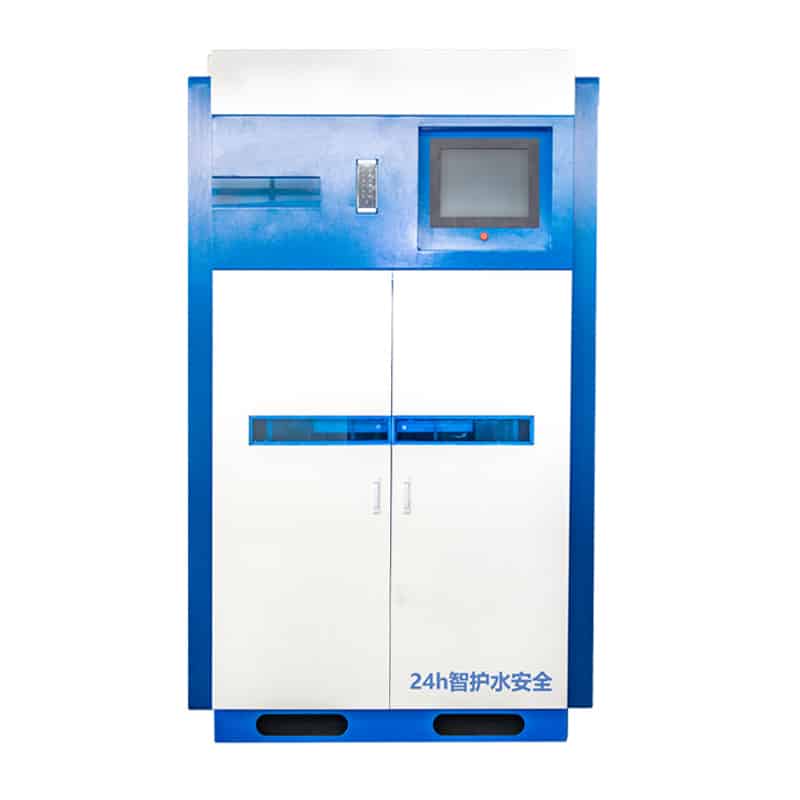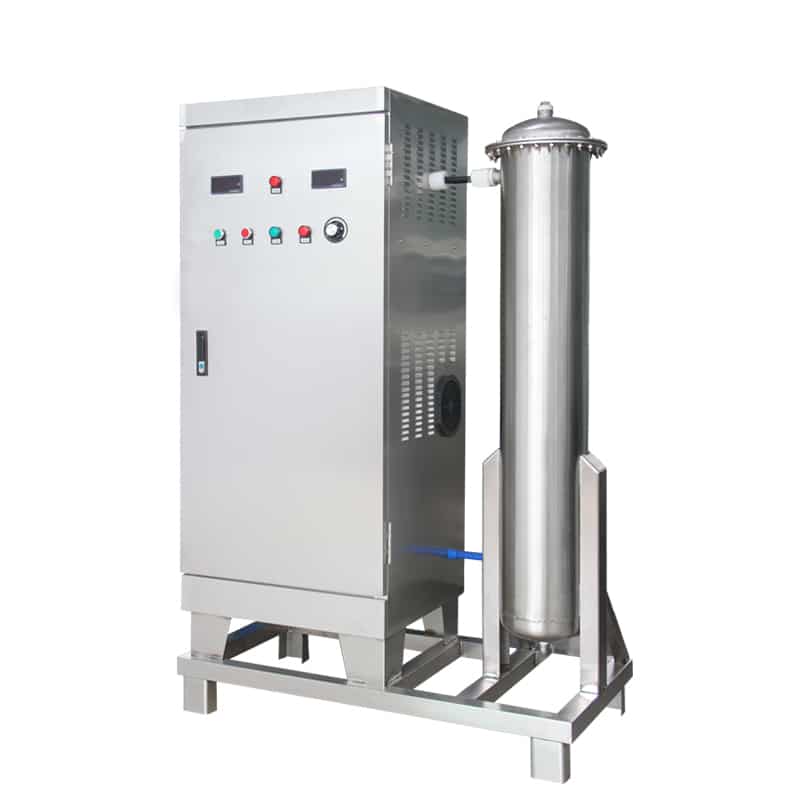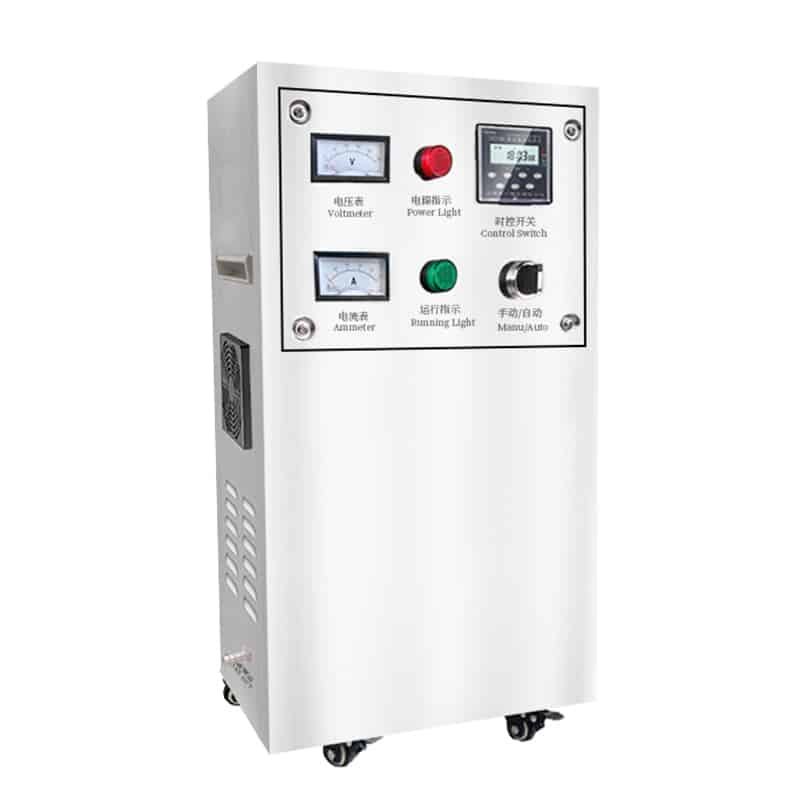Chlorinated water supply plays a vital role in safeguarding public health by providing a reliable method for disinfecting water. From municipal water systems to recreational pools, this essential treatment process ensures that water is safe for various uses.
What is Chlorinated Water Supply?
Water chlorination is the process of adding chlorine or chlorine compounds to water to disinfect it. Chlorine is effective in neutralizing harmful microorganisms including bacteria, viruses, and parasites, thus ensuring the safety of the water.
In a chlorinated water system, a small residual amount of chlorine is retained to provide continuous protection against recontamination of the water during transportation and storage in the pipeline.
Why Chlorinate Water?
1.Kill Pathogenic Microorganisms
Action: Chlorine is a strong oxidizing agent that can quickly kill bacteria, viruses and parasites in water, such as:
- Escherichia coli
- Vibrio cholerae
- Salmonella
- Rotavirus, etc.
Significance: Prevents waterborne diseases such as cholera, dysentery and hepatitis A.
2. Provides Residual Disinfection Capacity
Function: chlorine can maintain a certain residual concentration (free chlorine) in the water pipeline network, creating continuous protection against re-contamination during water delivery.
Significance: Safeguard the hygiene of water conveyed over long distances. Effectively responds to the risk of sudden contamination.
3. Inhibition of Algae and Biofilm Growth
Action: chlorination treatment can control algae in the water body and biofilm growth in the pipeline, thus reducing:
- Plumbing blockages
- Water odor and coloration
Significance: maintains clean and clear water quality
4. Removal of Organic Matter and Chemical Oxidation
Function: chlorine reacts with organic matter in the water to reduce its concentration and also removes metal ions such as iron and manganese through oxidation.
Significance: Reduces potential health threats to humans. Prevents deterioration of water quality and corrosion of equipment.
5. Cost- Effective
Role: Compared with other means of disinfection (e.g. ozone, ultraviolet disinfection), chlorination is simple, low cost and easy to implement in large-scale water supply systems.
Significance: It is currently the technology of choice for most municipal water supplies and industrial water disinfection.
6. Multifunctional Role in Water Treatment
In addition to disinfection, chlorine can be used for:
- Control odor and color.
- Adjust the oxidation reduction potential (ORP) to improve water quality stability.
- Eliminate toxic substances such as cyanide.
7. Potential Side Effects and Solutions
Side effects: Chlorine may react with organic matter in the water to produce disinfection by-products (e.g. trihalomethanes, THMs), which are a potential health risk.
Solution:
- Use moderate amounts of chlorine and combine with processes such as activated carbon filtration and degassing to reduce by-products.
- Or replace or supplement with other means of disinfection (e.g., chlorine dioxide, ozone).
Application of Chlorinated Water Supply
Municipal Water Supply Systems
Chlorination provides safe drinking water for millions of people and effectively prevents outbreaks of waterborne diseases.
Swimming Pools and Spas
Chlorinated water inhibits the growth of bacteria and algae in swimming pools and spas, maintaining sanitary water quality.
Industrial Production
Many industries use chlorinated water to clean equipment, cooling systems and as a key ingredient in manufacturing processes.
Construction Sites
In construction projects, temporary water supply systems are often chlorinated to prevent microbial contamination.
How Does Chlorine Work?
When chlorine is added to water, it reacts with the water to form hypochlorous acid (HOCl), a powerful oxidizer. Hypochlorite acts as a disinfectant in the following ways:
- Penetrating the cell walls of microorganisms and destroying their structure;
- Oxidizing and inactivating important enzymes and proteins;
- Damaging the nucleic acids (DNA and RNA) of microorganisms, preventing them from replicating and surviving.
This multi-layered mechanism makes chlorine a highly effective and reliable disinfectant.
Meeting the Challenges of Chlorinated Water Supply with Advanced Equipment
Precise Dosing
Our intelligent dosing system combined with a sodium hypochlorite generator automatically adjusts the disinfectant concentration based on real-time water quality data, reducing waste and ensuring safety.


Monitoring and Control
With our chlorine analyzers, ozone monitoring equipment and remote monitoring systems, operators can track water quality and equipment performance around the clock.
Multi-Level Disinfection
For chlorine-tolerant microorganisms such as Cryptosporidium, an ozone generator can be used for initial disinfection, with chlorination providing follow-up protection to ensure optimal disinfection.


Environmentally Friendly Options
Sodium hypochlorite generators avoid the safety hazards associated with the transportation and storage of traditional chlorine, while the by-product of ozone generators is only oxygen, greatly reducing the impact on the environment.
Summary
Chlorinated water supply is one of the key technologies for securing safe and clean water. Although it faces some challenges, its benefits can be maximized through scientific management and innovative technology to ensure safe water quality and protect public health.
KUOSI provides disinfection system equipment, but also dosing system equipment, sludge dewatering equipment, sludge dryers, sludge conveyors, DAF systems, aeration blowers, wastewater screens, grit removal equipment, compactors, scrapers and SBR floating decanter. Please contact us for further information.
